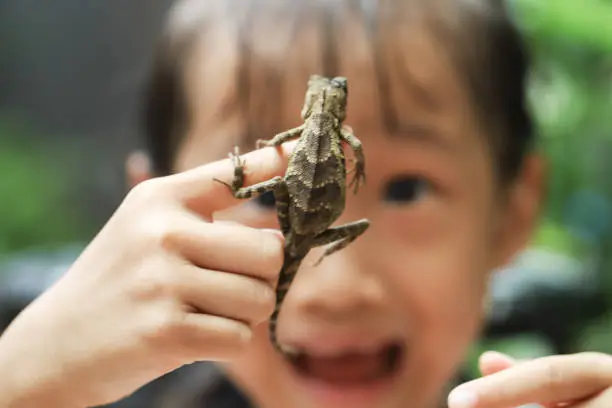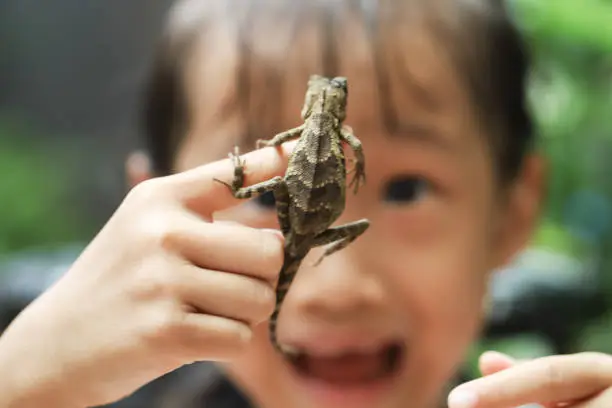What do you dream about Khokhloma?

In the intricate tapestry of dream interpretation, encountering Khokhloma in dreams can hold multifaceted meanings, often reflecting cultural significance and personal aspirations. Khokhloma is a traditional Russian wooden art form known for its vibrant colors and intricate floral patterns, representing beauty, craftsmanship, and heritage. Each dream interpretation framework provides a unique lens through which to view this culturally rich symbol.
According to Miller's Dream Book, dreaming of Khokhloma may signify upcoming happiness and prosperity. The elaborate patterns and warm colors associated with Khokhloma can represent abundance in your life. Seeing Khokhloma in your dreams could indicate that good fortune is on the horizon, urging you to prepare for an influx of joy, whether in personal relationships, career advancements, or creative projects. It could also indicate an appreciation for the art of living, suggesting that you take time to appreciate the beauty around you and cherish the simple pleasures in life.
In the world of Vanga, a well-known Bulgarian mystic, Khokhloma can symbolize deep-rooted connections to tradition and family values. Dreaming of this artistic style might suggest that one should honor their lineage and family traditions. Vanga might interpret this dream as a message to strengthen familial bonds or to seek wisdom from elder family members who embody these qualities. If the dreamer finds themselves painting or creating Khokhloma, it may symbolize a desire to connect with their heritage and celebrate their cultural identity, suggesting that it is time to explore or embrace this aspect of oneself.
Freud often approached dreams from a psychological standpoint, focusing on desires, fears, and repressed emotions. In his interpretation, encountering Khokhloma in a dream may represent a yearning for a simpler, more beautiful life, reflecting inner desires for aesthetic pleasure and personal fulfillment. The dream might indicate that the dreamer is seeking to cultivate creativity and refine their taste. Alternatively, the vibrant and ornate characteristics of Khokhloma may suggest feelings of sexuality and allure, possibly representing a desire for passion in one's life. Freud would encourage examining the emotions associated with the dream; whether it invokes a sense of nostalgia or longing could provide insight into the dreamer's emotional landscape.
On the other hand, the Muslim Dreamer often considers symbols in a spiritual context, viewing dreams as messages from the divine. Dreaming of Khokhloma might suggest a blessing or a sign of good fortune coming your way. It could symbolize the manifestation of beauty in both the physical and spiritual realms, highlighting the importance of appreciating life's aesthetic gifts. This dream might also indicate a call to express gratitude for the blessings already present in life or to seek new paths that align with one's spiritual journey. If the dreamer was involved in making or gifting Khokhloma, it might symbolize the act of sharing blessings and cultivating goodwill among friends and family.
In synthesizing these interpretations, dreaming of Khokhloma encompasses a rich blend of meanings that speak to various aspects of life. Firstly, it could denote the coming of positive changes and the strengthening of familial ties. The dream might reflect an appreciation for cultural heritage and artistry, emphasizing the importance of tradition. Furthermore, it may reveal deeper psychological desires for beauty, creativity, and connection, as well as a spiritual acknowledgment of life's blessings.
Furthermore, it’s essential to consider the dreamer's personal associations with Khokhloma. For those who have strong ties to Russian culture or have been influenced by the artistry of Khokhloma, this dream may evoke feelings of nostalgia or a desire to explore one's cultural roots. The emotional response to this art may vary from individual to individual, playing a crucial role in interpretation.
In conclusion, the presence of Khokhloma in dreams serves as a compelling reminder of the richness of individual experience, creativity, and the importance of honoring one’s heritage. It invites dreamers to delve into their emotions, familial relationships, and aspirations, while also celebrating the beauty and artistry of life. Regardless of the interpretation, Khokhloma in dreams encourages us to embrace the vibrant colors of our existence, acknowledge our desires, and share our blessings with others. Each dream holds its essence, calling upon the dreamer to interpret it within the context of their own life and experience.





